In the exciting world of sports betting, prop bets have emerged as a thrilling way to engage with Major League Baseball (MLB). These MLB prop bets extend beyond predicting the final score, offering odds on various player and team accomplishments. One popular MLB prop bet focuses on pitcher strikeouts. Can the pitcher surpass a set strikeout number during the game? Bettors take a stand, using various strategies and analytical tools. One such tool is the In-Zone Whiff Rate (IZWR), a novel metric proving crucial in predicting a pitcher’s strikeout success.
IZWR is the percentage of swings-and-misses (whiffs) a pitcher generates within the strike zone. Unlike traditional whiff rates that encompass all pitches thrown, IZWR focuses on the strike zone. In theory, it’s a metric that directly correlates with the pitcher’s ability to deceive hitters with strikes, leading to strikeouts. But how effectively can this inform MLB prop bets, specifically regarding strikeouts?
A pitcher’s IZWR sheds light on their ability to outwit batters. As the game’s very essence is a showdown between the pitcher and batter, understanding the intricacies of their duel can provide valuable insights for prop bets. A higher IZWR usually implies a pitcher has greater mastery over their arsenal, tricking batters into missing even within the perceived ‘safety’ of the strike zone.
Understanding IZWR’s value in predicting MLB prop bets for strikeouts involves assessing its relationship with the strikeout rate. By looking at large datasets, one can identify a positive correlation between IZWR and strikeout rate. As IZWR increases, so too does the strikeout rate. Thus, a pitcher with a higher IZWR is likely to yield a higher number of strikeouts.
But why does this correlation exist? Simply put, a pitcher with a high IZWR is excellent at generating swings-and-misses on their in-zone pitches. This skill is particularly valuable when the count is in the hitter’s favor, and a pitcher is looking to battle back without walking the batter. Pitchers who can generate strikeouts even from 2-0 and 3-0 counts are more likely to record a higher number of strikeouts, making them excellent picks for strikeout prop bets.

When applying this theory to your MLB prop bets, consider pitchers with high IZWR values. However, note that IZWR should not be the sole statistic guiding your betting decisions. A comprehensive betting strategy should take into account other factors like the pitcher’s recent form, the umpire’s strikezone, and the opponent’s lineup quality.
For instance, a pitcher with a high IZWR but facing a team with low strikeout tendencies and a home plate umpire with a very tight strikezone may not necessarily be a good bet. The full context of the situation must be analyzed before finalizing any MLB prop bets on strikeouts – no single stat encompasses all information. That’s why using machine learning and deep learning for predicting MLB prop bets is THE most effective way to consistently be profitable.
That being said, integrating IZWR into your human eye test prop betting strategy can still provide a competitive edge. By understanding this statistic and its correlation with strikeout rates, you can better predict a pitcher’s performance.
In the ever-evolving landscape of MLB prop bets, the use of advanced metrics like IZWR is becoming increasingly essential. With its direct impact on a pitcher’s strikeout success, bettors who understand and use IZWR may find themselves ahead of the pack. So, the next time you’re placing MLB prop bets on pitcher strikeouts, don’t overlook the insightful information that the In-Zone Whiff Rate provides. Combine it with other relevant factors to make a well-informed betting decision and optimize your chances of striking it big.




